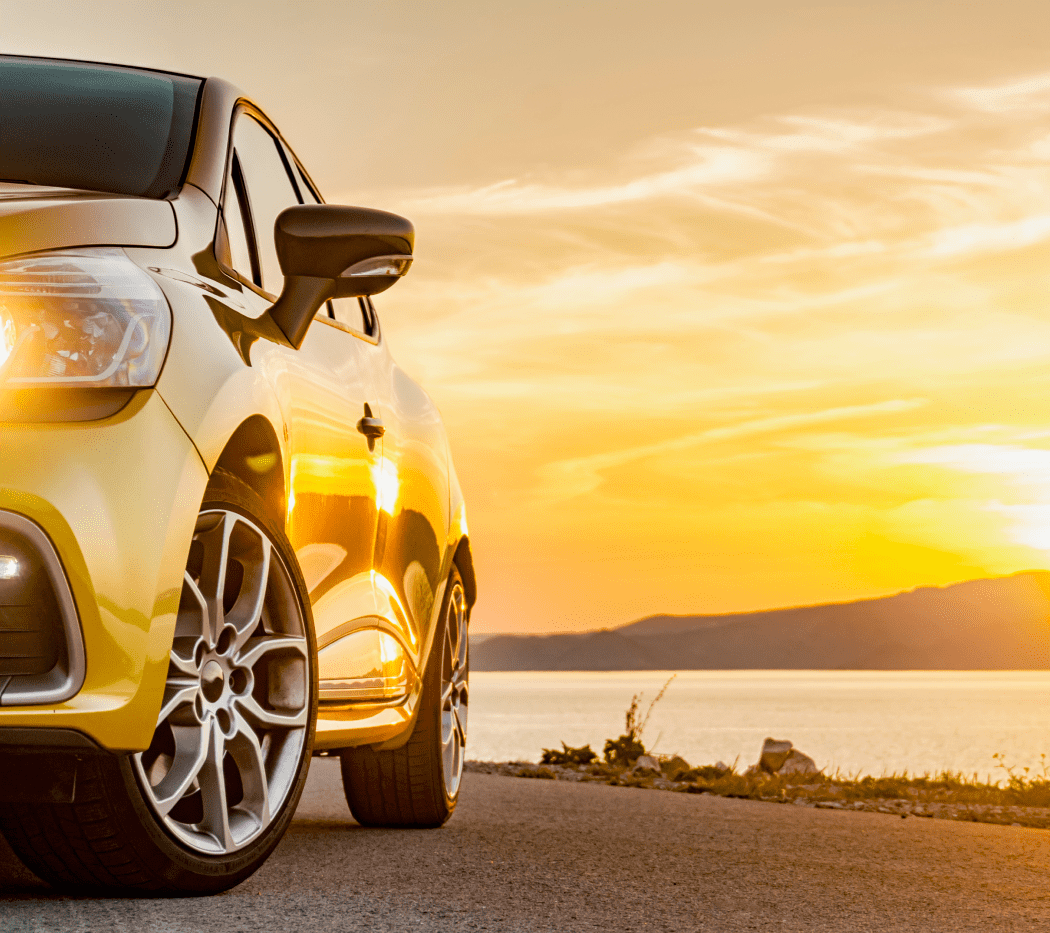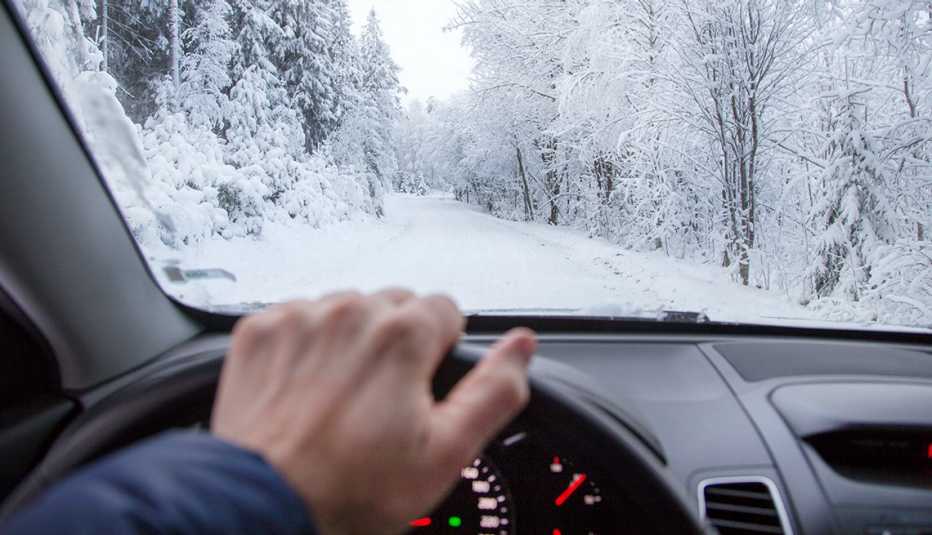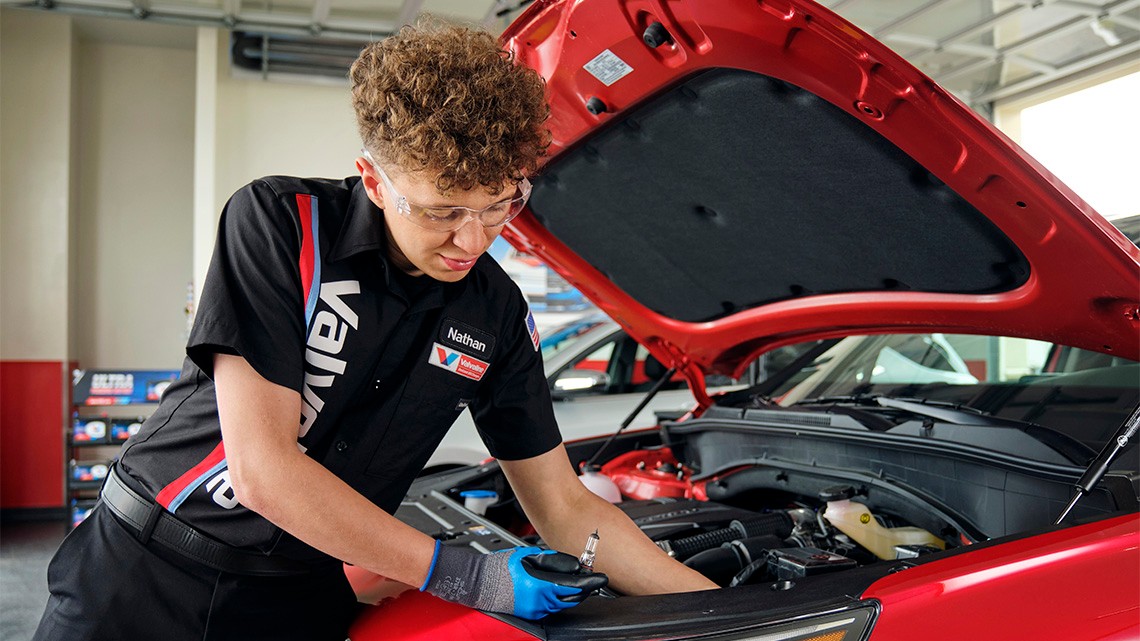Staying Fit
Winter driving means lots of challenges: Roads can be slick and icy, blowing snow can cause poor visibility and frosty weather can do a number on just about any vehicle.
It’s imperative to use safe driving techniques and to be prepared when winter comes along. More than 70 percent of America’s roads are in areas that get an average of more than 5 inches of snow, according to the U.S. Department of Transportation’s Federal Highway Administration.
That snow, ice and winter weather increase the risk of accidents and crashes, according to the Federal Highway Administration:
- 24 percent of weather-related crashes happen on snowy, slushy or icy pavement.
- 15 percent of those crashes happen during snow or sleet.
- More than 1,300 people are killed and more than 116,800 people are injured per year in vehicle crashes on snowy, slushy or icy pavement.
- Annually, nearly 900 people are killed and 76,000 injured during snow or sleet.
Even if you live in a warm spot, you benefit from knowing how to drive safely on winter roads for the times you visit friends or family who inhabit four-season states. Here are some tips to make sure you and your vehicle are prepared for winter driving:


AARP Membership— $12 for your first year when you sign up for Automatic Renewal
Get instant access to members-only products and hundreds of discounts, a free second membership, and a subscription to AARP the Magazine.
1. Stay home if you can
Monitor weather reports along your expected route. If bad weather is expected, try to delay your journey. If it’s sleeting or snowing, stay home if possible and stay off the roads. If you set out, make sure to alert someone to your plan and route.
2. Focus on the details
Batteries weaken in cold. After three winters, yours might need replacing. Turn on the headlights, then start the engine. If the lights brighten when the engine is running, your battery’s weak. Make sure windshield washer fluid and engine antifreeze levels are full.
3. Get winter equipment ready
Winter gear should include battery jumper cables, a snow brush/ice scraper, cat litter or sand to put under slipping wheels if you’re stuck, a small shovel, a flashlight and batteries, a phone charger, drinking water and snacks. Consider taking a container for bathroom use in case you get stuck inside the car. Keep plenty of fuel in the tank in case you must run the engine to stay warm during delays. All-season tires will handle light snow. For heavier snow, use snow tires or tire chains.
4. Get rid of ice and slush
Clean the inside and outside of the windshield and rear window. Defrost and deice the windshield before you drive instead of hoping the defroster will handle it as you drive. Wipe snow and slush off your headlights.



































































More from AARP
Collisions With Deer Increase at End of Daylight Saving Time
Scrapping the time change could reduce crashes, deaths of people and wildlife, study finds
Don’t Skip Out on Traditional Safe Driving Practices
Here are four reasons why you shouldn’t rely on high-tech devices in your vehicle
7 Best Practices for Driving on Wet, Rainy Roads
Use these driving techniques and focus on preparation to stay safe